Student Spotlight: Maite Iribarren (BA ‘19)
A Miami native, Stamps School senior Maite Iribarren (BA ‘19) has been very intentional in how she leverages the University of Michigan’s tier-one research university resources in her creative practice as a metal worker and sculptor.
A dual major in Art & Design and Civil Engineering, Iribarren was a 2018 artist in residence in Professor Mark Moldwin’s campus space lab as a Moldwin Prize recipient.
The Moldwin Prize, administered by the ArtsEngine at U-M, is a Art/Sci Student Residency program designed to encourage interdisciplinary learning and creative production. Award recipients spend 20 hours over 8 weeks participating with the undergraduate research team in the space weather lab of Professor Mark Moldwin.
The work that Iribarren produced as part of the residency, a sculpture entitled Space Noise, was awarded the Arden Fate Memorial Award at the 2018 Undergraduate Juried Exhibition. Recently, the communications team at the Stamps School caught up with Iribarren to learn more about her Moldwin Prize experience and about how she approaches research-based, cross-disciplinary work.
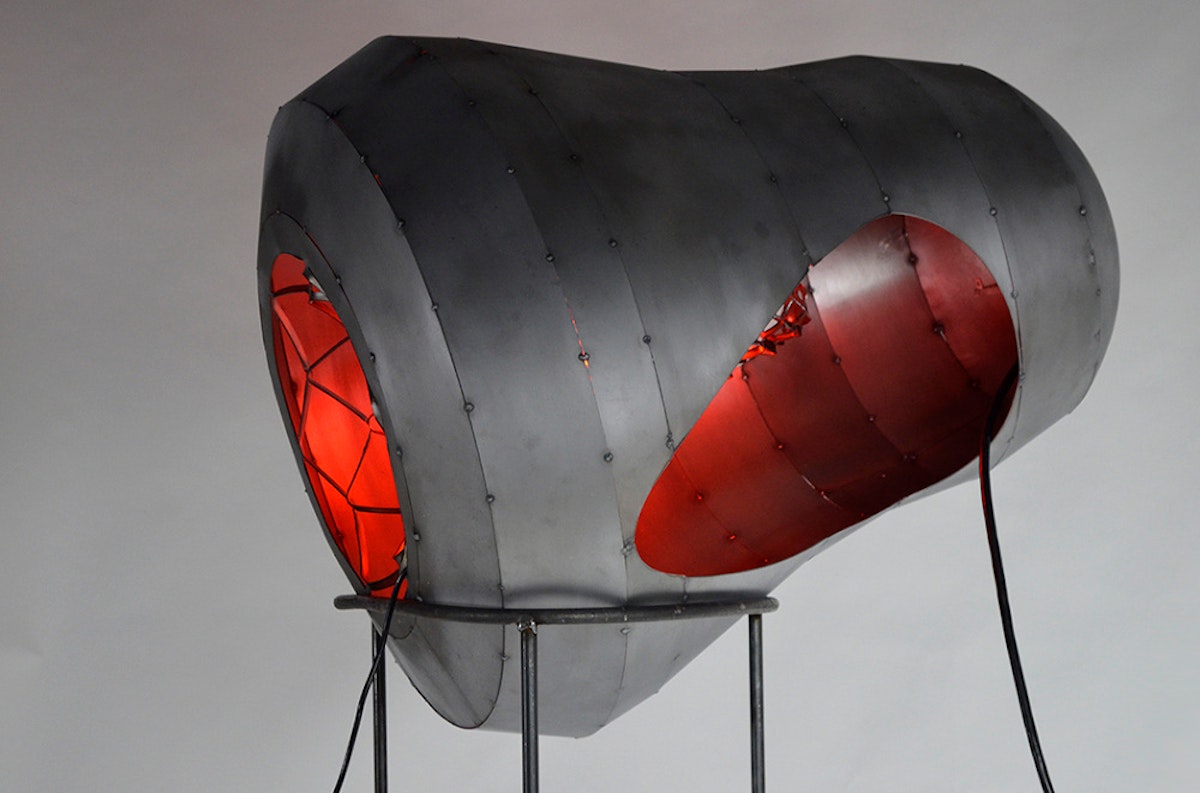
What prompted you to pursue a double-major in art and design and engineering?
I like my work to be very informed and I am a curious person who always wants to understand how everything works. I chose to major in civil engineering so that that I could logistically inform my work. Civil Engineering teaches you how to build anything and how to build big. Aside from wanting the technical skill set, I also chose to study engineering because I am very inspired by the discipline, it conceptually informs my work.
How do you fuse the two disciplines in your creative practice?
I use the structural engineering skills, including engineering codes and mindsets, to design and build my sculptures. Engineering is typically seen as a discipline that synthesizes universally accepted mathematic and scientific truths to create models for industrial applications. I think cultures act a lot like the standardized codes for construction except they build societies. This motivates me to translate between engineering and social codes for sculptural applications and to play with these ultimate truths.
Your work, Space Noise, is a playful, yet tangible impression of coronal mass ejections. Can you describe your desire to share this with the general public? What do you hope audiences will take away from the experience of your work?
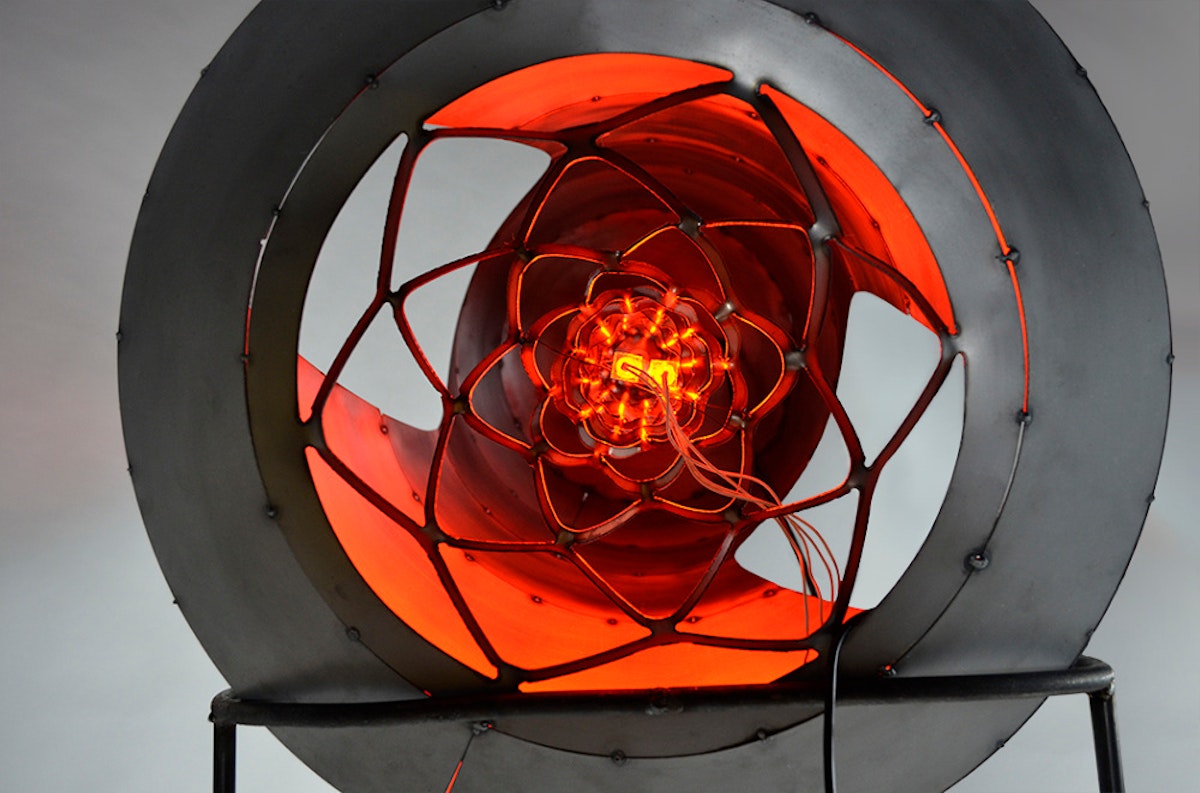
I enjoyed the idea of translating an intangible physical form (Coronal Mass Ejections or CMEs) from data and scientific models that abstract it, into another, more consumable physical form (Space Noise). Researchers in the lab I was working with spend a lot of time working with CMEs since these are the greatest source of distortions in magnetic fields, and therefore noise to be filtered out by magnetometers. I wanted to give the researchers something more tangible and playful to imagine when they are dealing with CMEs. For the general public, I hoped they would leave with a playful, mystical, and exciting futuristic image of a foreign scientific phenomenon.
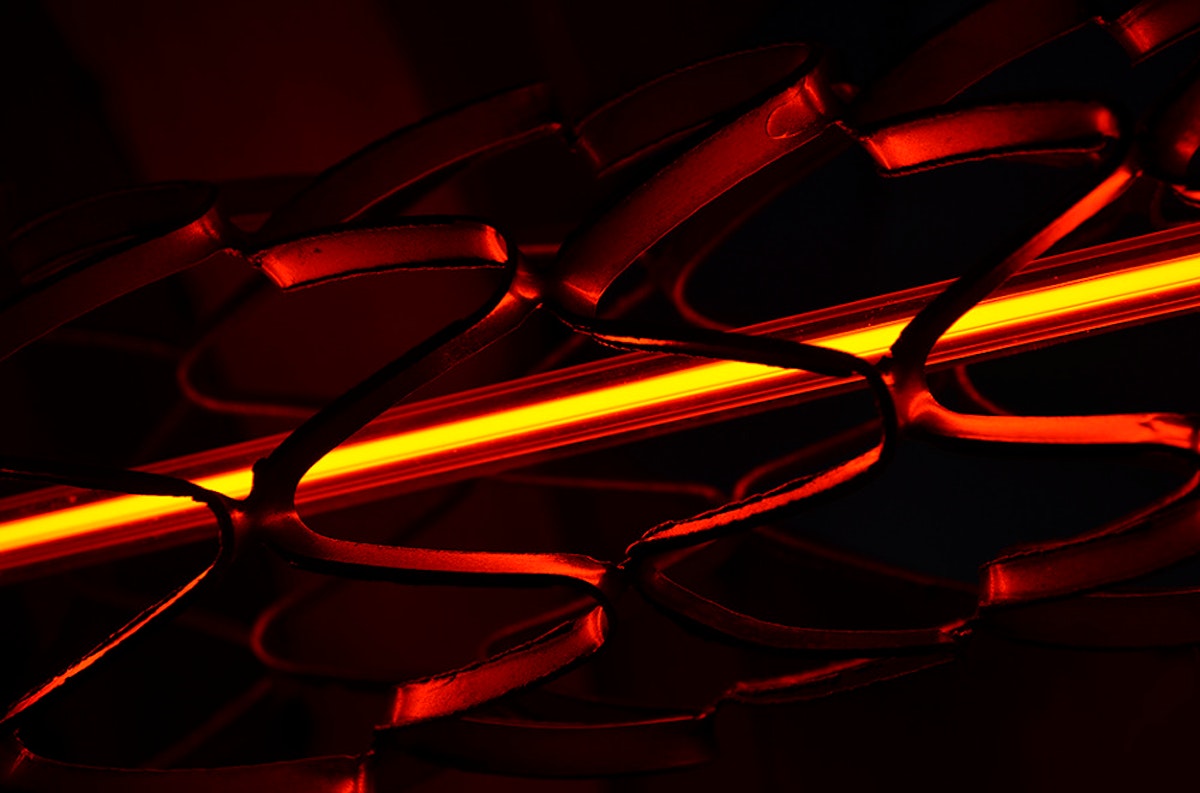
What role does research play in your creative practice?
Most of my work is heavily research based. I draw a lot from my engineering experience and outside research to inform the forms of the objects I make. My work is also often site-specific, which leads to constant research depending on the environment I am working with.
Have there been any visiting artists that you’ve found to be particularly inspiring or instructive in the development of your creative practice?
Philip Beesley spoke at the Stamps Lecture Series my freshman year and I wound up doing an internship with him that summer. There, they lent me the studio key, gave me the alarm code, and taught me how to use their laser cutters. The facilities were great and I was encouraged to do personal projects after work. I only had two months in the studio and worked 9-5, so I learned how to really manage my time and work early mornings and nights on personal work while managing another job. This was a really important time for me because it really got me used to getting excited about opportunities and pushing my personal creative practice forward while managing a “day job.” Here at Michigan, that day job is the engineering degree, which is a bit more than 9-5 but I learned how to make this kind of situation work with Philip Beesley.
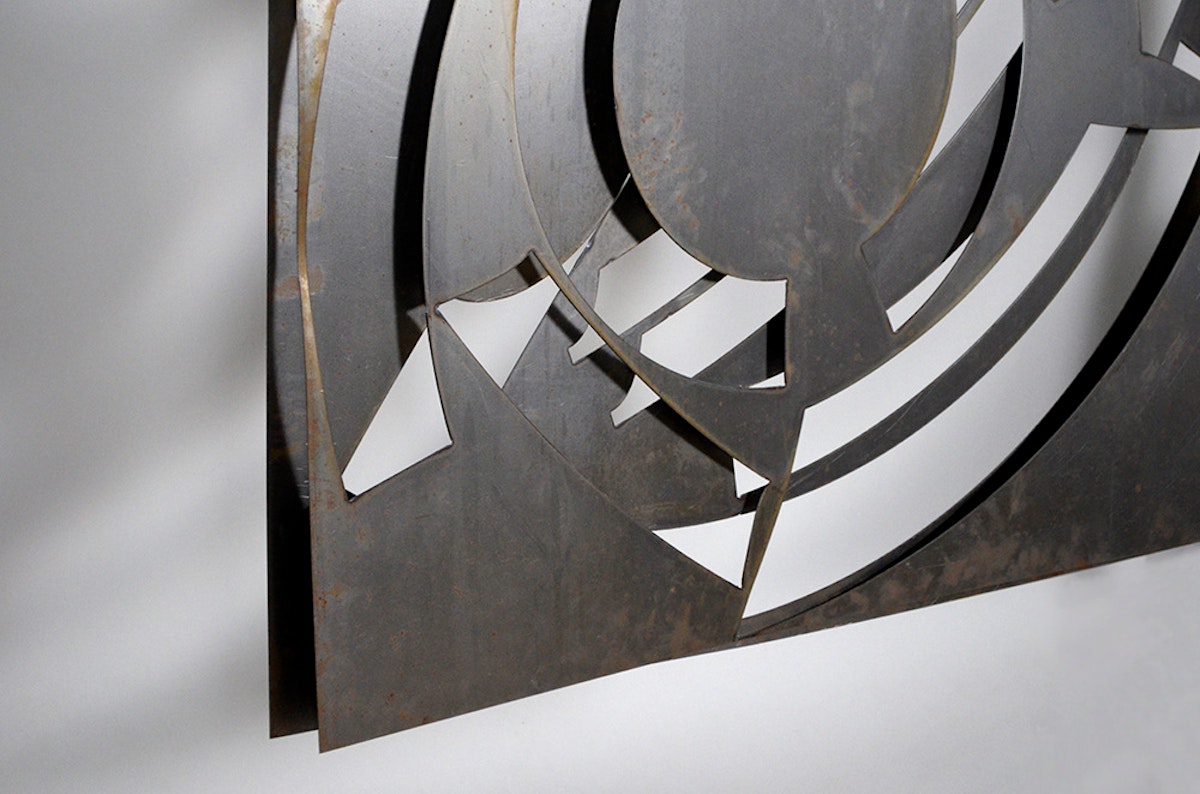
Reflecting on your experience with the Moldwin Prize, what is something that you think creative practitioners can bring to research teams?
I think there are a lot of possibilities for collaboration between creative practitioners and researchers since in many cases they are working from different angles on similar subjects. In the Moldwin Prize, I think the biggest thing the creative presence brought to that lab was excitement. I think it was exciting for them to see artists looking at their daily work from a different perspective and seeing the final pieces that came out of them sharing their research.
What was your biggest takeaway from the Moldwin Prize experience?
I definitely came out of the experience with a lot of space and magnetometer knowledge. I also gained a new appreciation for sharing ideas with people that might seem like they are working in wildly different fields. Things seem to connect in surprising ways that are inspiring for both parties. I would to do similar collaborations in the future with other labs and engineering companies. Exciting things come out of bringing together contrasting worlds.
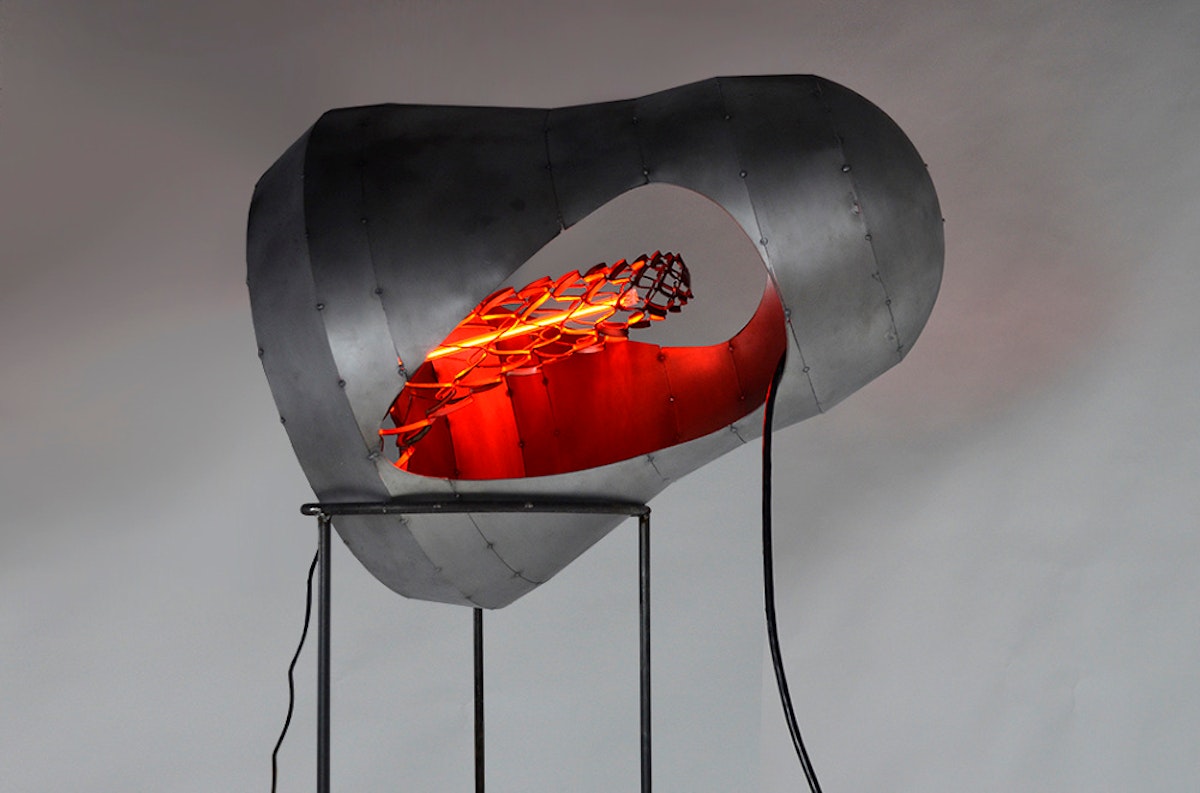
All images: Space Noise, Maite Iribarren (2018). Courtesy of the artist. Learn more about Iribarren’s work and view her portfolio online.